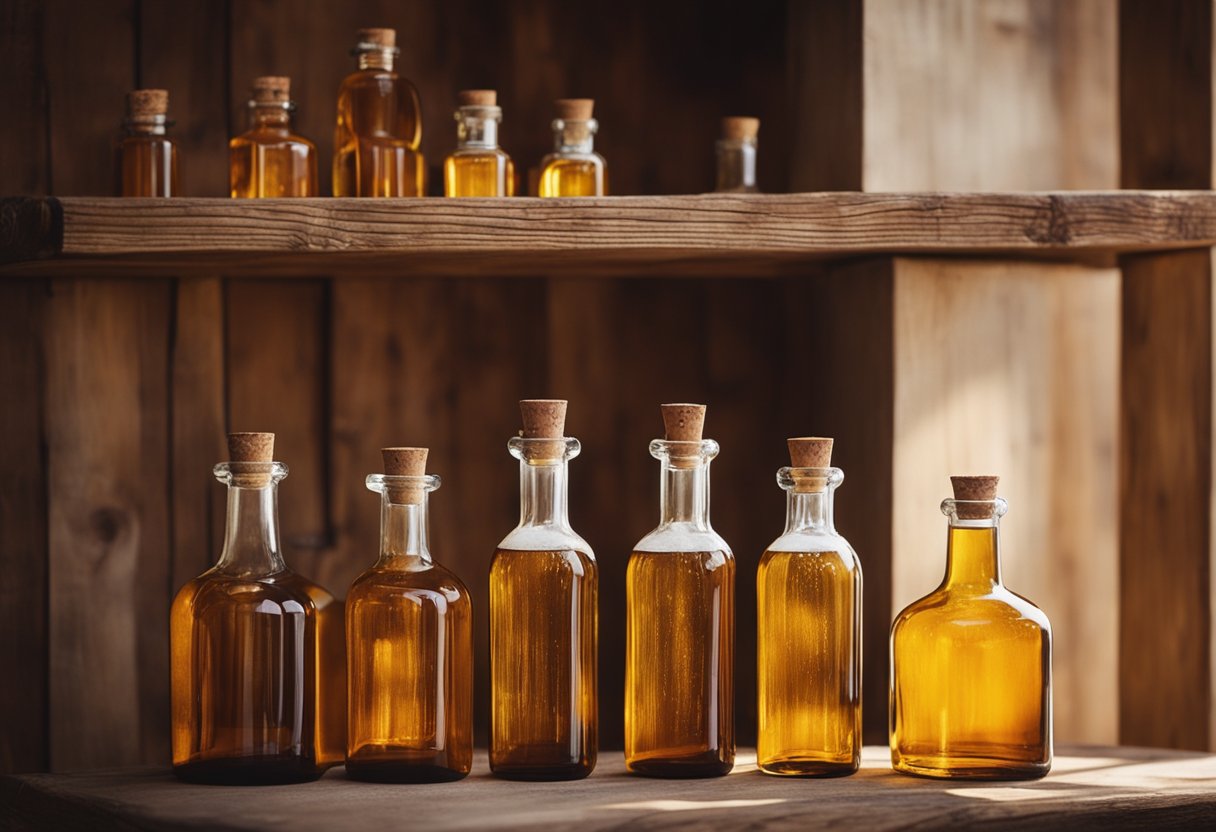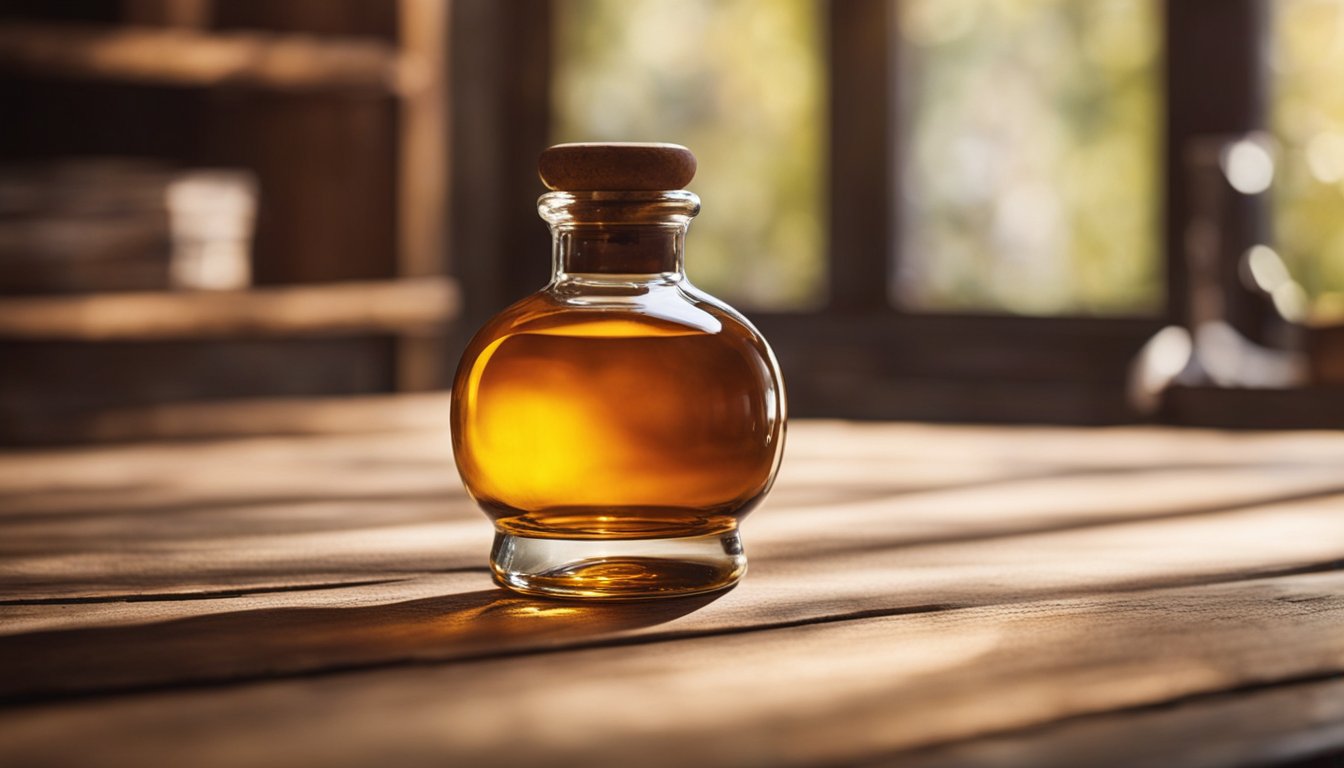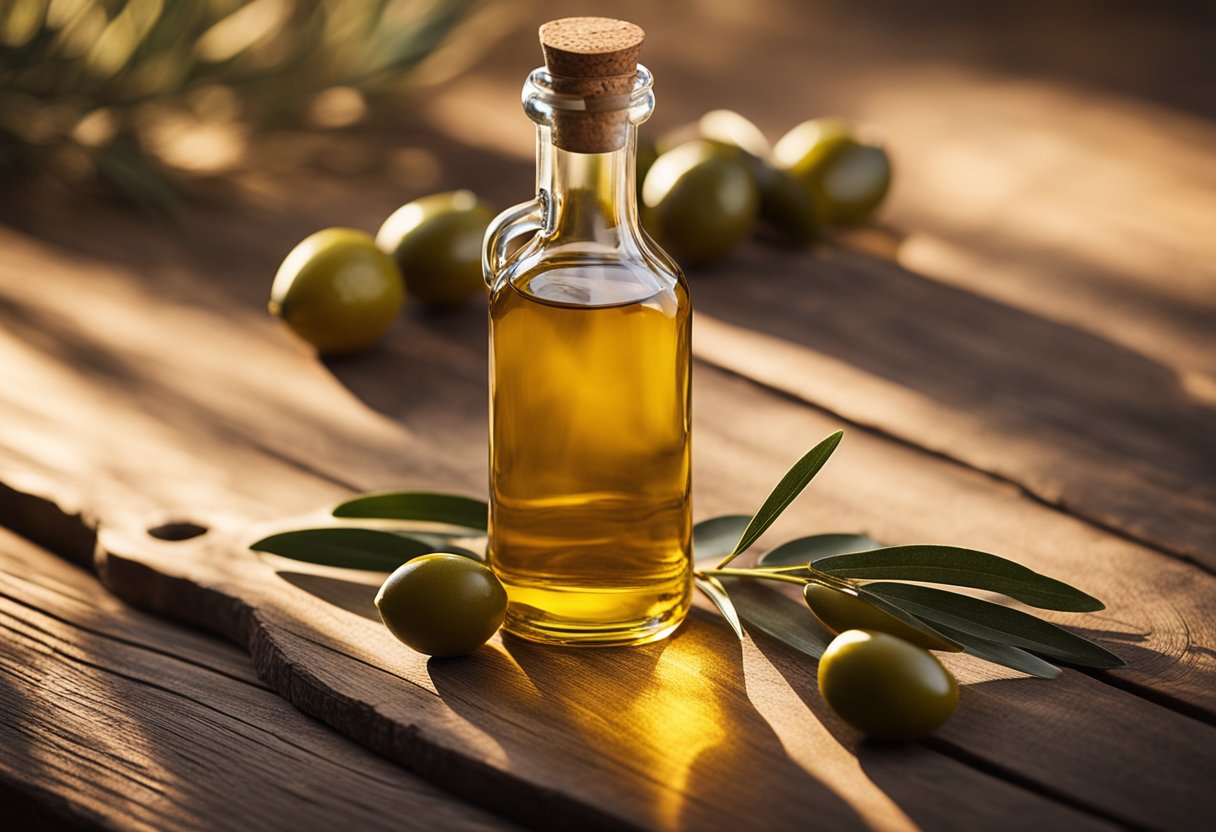When it comes to storing and carrying your favorite beverages, the right bottle can make all the difference. Beverage bottles come in a variety of materials, shapes, and sizes, each designed to suit different needs and preferences. Whether you’re looking for a durable and reusable option for your daily hydration or a stylish container to keep your drinks fresh and accessible on the go, there is a beverage bottle to match your requirements.

Glass, stainless steel, and plastic are among the most common materials used for beverage bottles, each offering unique benefits. Glass bottles are often favored for their non-reactive nature, preserving the taste and quality of the beverage. Stainless steel bottles are known for their durability and insulation properties, keeping your drinks hot or cold for extended periods. Meanwhile, plastic bottles are lightweight and convenient for various activities, from sports to travel. Understanding the features and advantages of each type can help you make an informed choice based on your specific needs and lifestyle.
History of Beverage Bottles

When you think of a beverage, the first thing that comes to mind is probably a bottle. Beverage bottles have come a long way since their inception. In this section, we’ll take a look at the evolution of beverage bottles, including the materials and design innovations that have shaped them over time.
Evolution of Materials
Beverage bottles have been made from a variety of materials throughout history. The earliest bottles were made from clay, which was durable but heavy. Glass bottles were first introduced in the 1700s, and they quickly became the standard for bottling beverages. Glass was a popular choice because it was transparent, didn’t affect the taste of the beverage, and could be easily sterilized.
In the 20th century, plastic bottles emerged as a popular alternative to glass. Polyethylene terephthalate (PET) bottles, in particular, became widely used due to their lightweight and shatter-resistant properties. PET bottles are also recyclable, making them an environmentally friendly option.
Design Innovations
The design of beverage bottles has also undergone significant changes over time. In the early days of bottling, bottles were simple and utilitarian, with no real thought given to their appearance. However, as competition among beverage companies increased, so did the need for distinctive bottle designs.
One of the most iconic beverage bottles is the Coca-Cola glass bottle, which was first introduced in 1915. The bottle’s distinctive shape, with its contoured curves and fluted base, made it instantly recognizable. It was also designed to be easily gripped, which made it popular with consumers.
In recent years, beverage companies have continued to experiment with bottle designs. Some have introduced bottles with built-in handles or grips, while others have used unique shapes or materials to make their bottles stand out on store shelves.
The history of beverage bottles is a fascinating one. From the earliest clay bottles to the latest plastic designs, beverage bottles have undergone significant changes over time. The materials and design innovations that have shaped them have not only made them more functional but also more visually appealing.
Types of Beverage Bottles

When it comes to packaging your beverage, choosing the right type of bottle is crucial. There are three main types of beverage bottles: glass, plastic, and metal. Each has its own advantages and disadvantages, and the right choice depends on your specific needs.
Glass Bottles
Glass bottles are a popular choice for many beverages, including wine, spirits, and craft beer. They offer a premium look and feel that can enhance the perceived value of your product. Glass is also an inert material, which means it won’t interact with your beverage and alter its taste or aroma. Additionally, glass is 100% recyclable and can be reused indefinitely, making it an eco-friendly option.
However, glass bottles can be heavy and fragile, which can increase shipping costs and the risk of breakage. They also require more energy to produce than plastic or metal bottles.
Plastic Bottles
Plastic bottles are a lightweight and cost-effective option for many beverages, including water, soft drinks, and juices. They are shatterproof, which makes them a safer choice for outdoor events or venues where glass is prohibited. Plastic bottles are also easy to transport and store, as they take up less space than glass bottles.
However, plastic bottles can be less durable than glass or metal bottles, and they can be more prone to scratches and scuffs. Plastic is also a petroleum-based material, which means it is not as eco-friendly as glass or metal. That being said, many plastic bottles are now made from recycled materials, and they can be recycled again after use.
Metal Bottles
Metal bottles, such as aluminum or stainless steel, are a durable and lightweight option for many beverages, including energy drinks, sports drinks, and beer. They are resistant to dents and scratches, which makes them a great choice for outdoor activities or sports events. Metal bottles also offer excellent insulation, which can keep your beverage cold for longer periods of time.
However, metal bottles can be more expensive than plastic or glass bottles, and they require more energy to produce. They can also alter the taste of your beverage, especially if it contains acidic ingredients. Metal bottles are also less commonly recycled than glass or plastic bottles, but they can still be recycled and reused.
In summary, choosing the right type of beverage bottle depends on your specific needs and priorities. Glass bottles offer a premium look and feel, plastic bottles are lightweight and cost-effective, and metal bottles are durable and offer great insulation. Consider the advantages and disadvantages of each type of bottle before making your decision.
Manufacturing Processes

When it comes to manufacturing beverage bottles, there are two primary processes used: Blow Molding and Injection Molding. Both processes have their unique advantages and disadvantages, and the choice of process depends on the specific requirements of the product.
Blow Molding
Blow Molding is a process that involves the creation of a hollow tube, known as a parison, which is then inflated to form the final shape of the bottle. This process is commonly used for producing plastic bottles, including those used for carbonated beverages. The process is highly efficient and can produce large quantities of bottles quickly.
There are three primary types of blow molding: Extrusion Blow Molding (EBM), Injection Blow Molding (IBM), and Stretch Blow Molding (SBM). EBM is commonly used for producing large containers, while IBM is used for producing small containers with intricate shapes. SBM, on the other hand, is used for producing high-quality bottles with excellent clarity and strength.
Injection Molding
Injection Molding is a process that involves the injection of molten plastic into a mold, which is then cooled and solidified to form the final shape of the bottle. This process is commonly used for producing bottles with complex shapes and designs, including those used for non-carbonated beverages.
The process is highly versatile and can produce bottles in a wide range of sizes and shapes. However, it is not as fast as blow molding, and the cost of production is generally higher. The process is also not suitable for producing large containers.
Both Blow Molding and Injection Molding are essential processes in the manufacturing of beverage bottles. The choice of process depends on the specific requirements of the product, including the size, shape, and material of the bottle.
Labeling and Branding
Label Design and Materials
When it comes to labeling your beverage bottle, there are a few key things to keep in mind. First, you want your label to be eye-catching and informative. This means choosing a design that stands out on the shelf and clearly communicates what your product is and what it offers.
In addition to the design, you also need to consider the materials you use for your label. Some common options include paper, plastic, and vinyl. Each material has its own benefits and drawbacks, so it’s important to choose the one that best fits your needs. For example, paper labels are a great choice for eco-friendly brands, while vinyl labels are more durable and long-lasting.
Another important factor to consider is the size and shape of your label. You want to make sure that it fits well on your bottle and doesn’t obscure any important information. Some brands opt for wraparound labels, which provide more space for branding and information.
Branding Strategies
Your beverage bottle label is a key part of your branding strategy. It’s important to choose a design and message that resonates with your target audience and helps differentiate your product from competitors.
One popular branding strategy is to create a unique brand story or message that speaks to your target audience. This could be a story about the origins of your product, your commitment to sustainability, or your dedication to quality. Whatever your brand story is, make sure it’s authentic and aligns with your values.
Another important branding strategy is to choose a color scheme and font that reflects your brand’s personality. Bold, bright colors can be eye-catching and playful, while more muted colors can convey a sense of sophistication and elegance. Similarly, your choice of font can help communicate your brand’s personality and tone.
Overall, your beverage bottle label is an important part of your branding strategy. By choosing a design and message that resonates with your target audience and reflects your brand’s personality, you can create a strong and memorable brand identity that sets you apart from competitors.
Environmental Impact
When it comes to beverage bottles, the environmental impact is a major concern. The production of beverage bottles requires a significant amount of energy and resources, and the disposal of these bottles can have negative consequences on the environment. In this section, we will explore the environmental impact of beverage bottles, including recycling and reuse, and biodegradable solutions.
Recycling and Reuse
Recycling and reuse of beverage bottles is an effective way to reduce the environmental impact of these bottles. Many beverage bottles are made from materials that can be recycled, such as plastic, glass, and aluminum. Recycling these bottles helps to conserve resources and reduce waste. In fact, a 2021 life cycle assessment conducted by the product sustainability consulting firm Trayak compares the impact on the environment for different packaging options, including PET water bottle, aluminum can, beverage carton, and glass bottle. The study found that PET water bottles have the lowest environmental impact when it comes to carbon footprint, energy consumption, and water consumption.
In addition to recycling, beverage bottles can also be reused. Reusing bottles reduces the need for new bottles to be produced and can help to conserve resources. For example, glass bottles can be reused multiple times before they need to be recycled.
Biodegradable Solutions
Biodegradable solutions are becoming more popular as a way to reduce the environmental impact of beverage bottles. Biodegradable bottles are made from materials that can decompose naturally, such as plant-based materials. These bottles can be composted or biodegraded, which reduces the amount of waste that ends up in landfills. However, it is important to note that biodegradable bottles may not be the best solution in all cases. For example, some biodegradable bottles may require specific conditions to decompose, such as high temperatures or specific microbes.
In conclusion, the environmental impact of beverage bottles is a major concern. Recycling and reuse of beverage bottles are effective ways to reduce the environmental impact of these bottles. Biodegradable solutions are also becoming more popular, but it is important to consider the specific conditions required for these bottles to decompose. By choosing the right packaging options and disposing of beverage bottles responsibly, we can all do our part to reduce the environmental impact of these bottles.
Frequently Asked Questions
How do I properly recycle plastic beverage bottles?
Recycling plastic beverage bottles is an essential step towards reducing the amount of waste that ends up in landfills. To properly recycle plastic beverage bottles, make sure to rinse them thoroughly to remove any leftover liquid or residue. Remove the caps and labels, as they can interfere with the recycling process. Check with your local recycling center to see if they accept plastic bottles, and if they require them to be sorted by type.
What are the benefits of using a beverage bottle with a straw?
Using a beverage bottle with a straw can offer several benefits. It can help reduce spills and messes, making it a great option for on-the-go use. Additionally, using a straw can help reduce the risk of tooth decay and staining caused by sugary or acidic beverages. There are also reusable straws available, which can help reduce waste and environmental impact.
Where can I find suppliers for empty beverage bottles for business purposes?
If you are looking for suppliers for empty beverage bottles for business purposes, there are several options available. You can check with local packaging suppliers or manufacturers, or search online for wholesale suppliers. Make sure to compare prices and quality before making a purchase, and consider factors such as minimum order quantities and shipping costs.
Are glass beverage bottles safer or healthier than plastic ones?
Glass beverage bottles are often considered a safer and healthier option than plastic ones. Glass is non-toxic and does not contain harmful chemicals such as BPA or phthalates, which can leach into beverages from plastic bottles. Additionally, glass is a more durable and long-lasting material, and can be recycled infinitely without losing quality.
How can I locate stores that sell beverage bottles nearby?
To locate stores that sell beverage bottles nearby, you can use online search engines or maps. Simply enter your location and search for terms such as “beverage bottles,” “water bottles,” or “drinkware.” You can also check with local retailers such as supermarkets, home goods stores, or specialty shops.
What are the advantages of using glass beverage bottles with lids for storage?
Using glass beverage bottles with lids for storage can offer several advantages. Glass is a non-porous material, which means it does not absorb odors or flavors from the contents inside. Glass bottles with lids can also help keep your beverages fresher for longer, and can be easily transported without spills or leaks. Additionally, glass is a more environmentally friendly option than plastic, as it can be recycled infinitely without losing quality.













